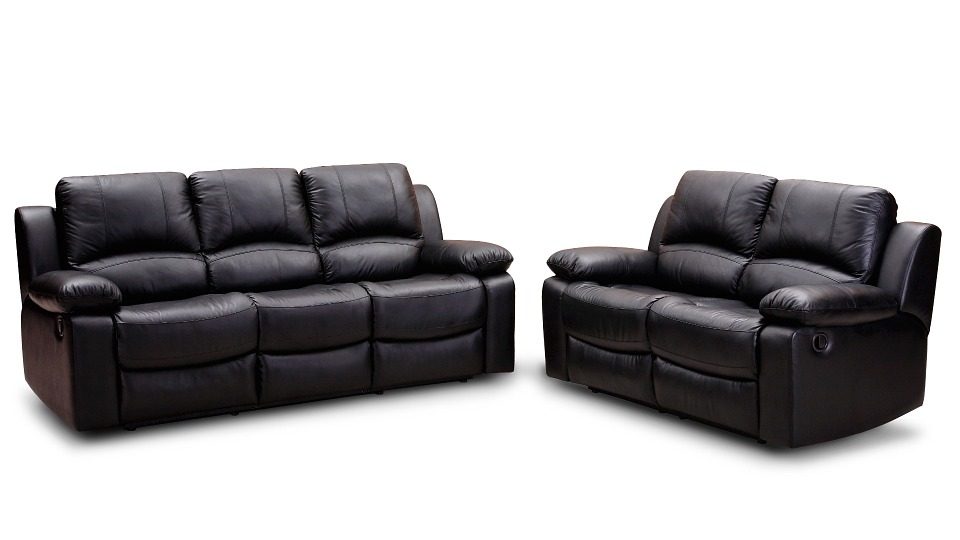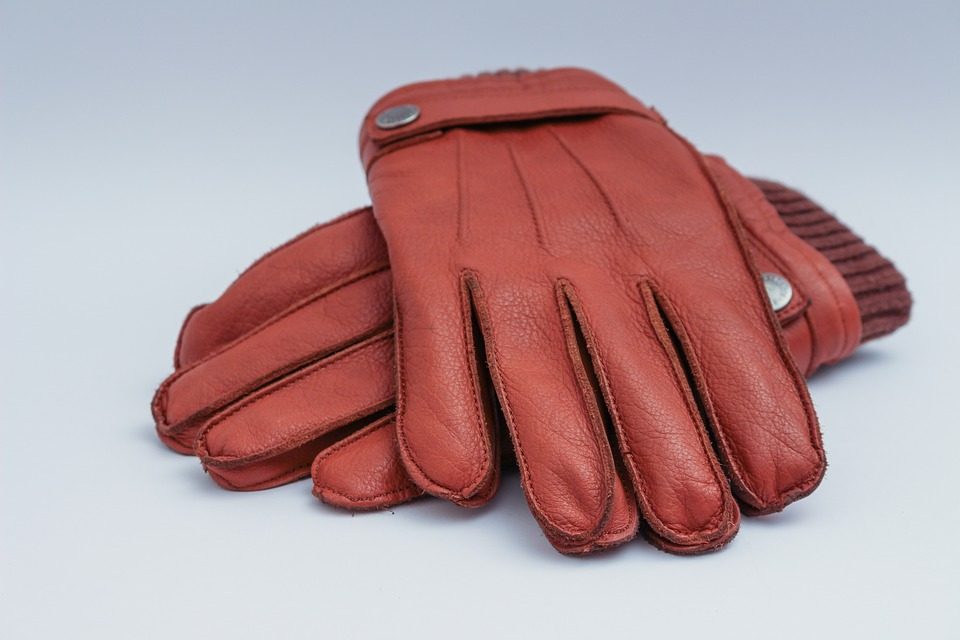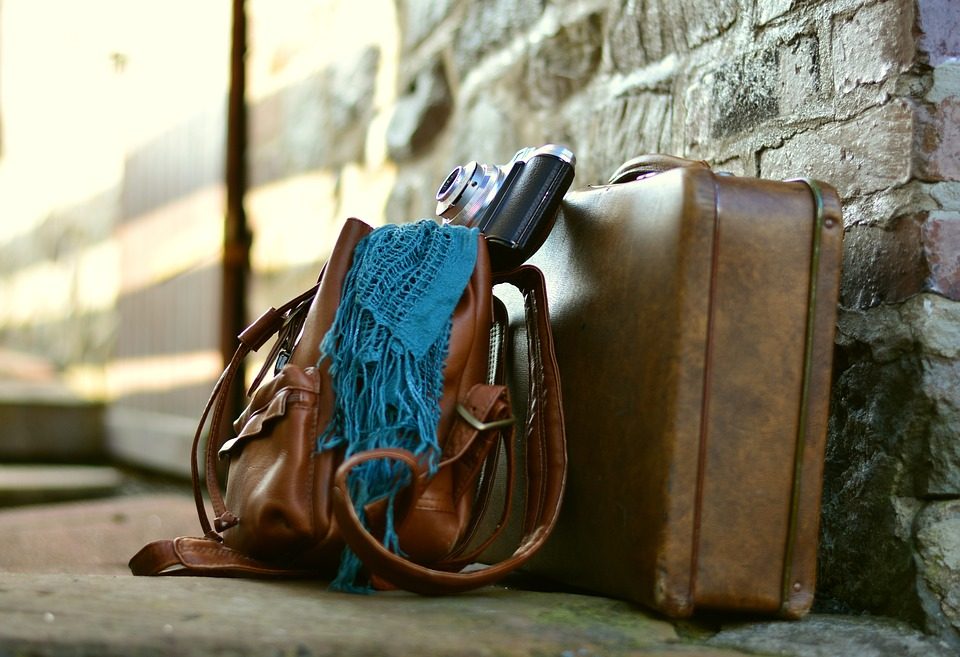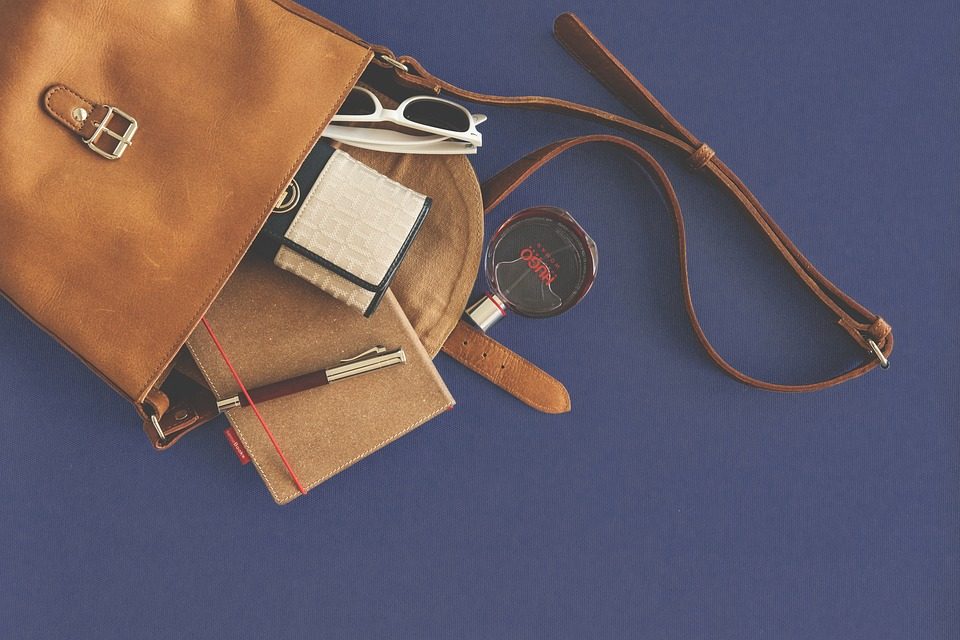The leather seats have an endless list of virtues. Surely leather is more resistant, thanks to leather chemicals, and lasts longer over the years. And then, of course, it is more esthetically beautiful, the car is more elegant and luxurious. And last but not least, it is also a little more hygienic.
When we talk about interior of a car, we speak about seats, covers and mats, which can get dirty with mud, grease and oil. In addition, it can absorb the smells that, over time, can accumulate. Like most luxury products, leather requires a certain degree of maintenance to keep it at its best, as it tends to stain easily, dry out over time and suffer from UV rays.
The products designed by the leather processing industry contain cleaning agents, leasther softeners and UV blocking agents to clean, moisturize and protect the leather, keeping it soft, elastic and natural. Before using the product on seats, door panels, consoles and dashboards, test it on an inconspicuous area to make sure it does not drain.
To keep leather at its best, the most important thing is to keep it free of dust and dirt. Dust and dirt tend to settle in the cracks, making it rough. To clean the leather, use a specially formulated detergent. Do not use a multipurpose cleaner. The leather cleanser can also be used to remove stains. Sometimes stains and marks can also be removed with an eraser. So, leather car interiors are for sure beautiful, but they need the correct treatment.





